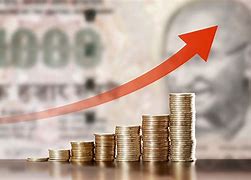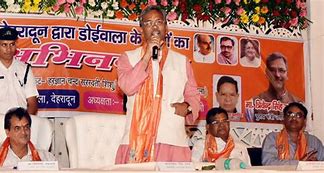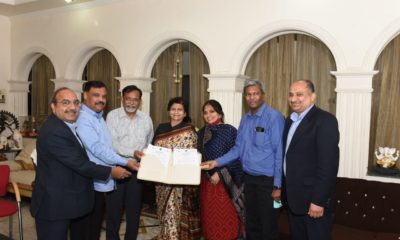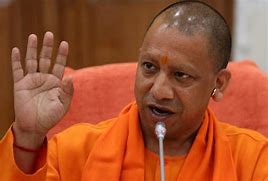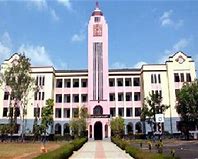World
Ferguson smoulders as racial protests spread across US

Washington: As night fell, Missouri state in Midwestern United States deployed more forces to quell violence in Ferguson after a grand jury failed to indict a white police officer in the August shooting of an unarmed black teenager.
“We are bringing more resources to Ferguson and other parts of the region to prevent a repetition of the lawlessness experienced overnight,” Governor Jay Nixon said Tuesday night as the number of National Guardsmen was tripled from 700 to 2,200.
In Ferguson, a small town of 22,000, nearly 70 percent of them black, with all but four of its 53 strong police force white, buildings were burned, stores were looted and shots were fired Tuesday after Monday night’s verdict, according to media reports.
Activists also took to streets across the country, with more than 130 protests planned in 37 US states, Washington and Canada.
Reports of protests came in from cities like Boston, Baltimore, Chicago, Los Angeles, and New York.
The grand jury had Monday night declined to indict white police officer Darren Wilson in the shooting death of 18-year-old of Michael Brown, a black teenager after an altercation in the St. Louis suburb Aug 9.
On Monday night, 21 fires were set and at least 12 buildings were burned, police reported looting, and gunfire broke out repeatedly, NBC News reported citing officials. More than 80 persons were reported arrested, about 60 of them in Ferguson.
Ten police cars, mostly belonging to the county, were damaged, including two which were completely burned, it said citing St. Louis County Police Chief Jon Belmar. Three officers suffered injuries.
“Last night, criminals intent on lawlessness and destruction, terrorized this community,” Nixon said at an afternoon news conference Tuesday.
“I am deeply saddened for the people of Ferguson who woke up to see parts of their community in ruins. No one should have to live like this, no one deserves this. We must do better and we will.”
In Chicago, about 100 protesters, most in their 20s, gathered for a 28-hour sit-in outside Mayor Rahm Emanuel’s office, according to New York Times.
Organizers said they had chosen the time frame based on a study that one black person was killed in the US by the police or armed vigilantes every 28 hours.
Speaking in Chicago, President Barack Obama appealed for calm saying the grand jury’s decision “upset a lot of people” reflecting frustrations that have “deep roots in many communities of color.”
Noting that most people gathered across the country were engaged in “overwhelmingly peaceful protests,” Obama said, people want to build “more trust between law enforcement and some of these communities.”
He said it was “not my job as president to comment on ongoing investigations”, but he had asked Attorney General Eric Holder to hold “regional meetings focused on building trust in our communities.”
South Asian Americans Leading Together (SAALT), an umbrella community organization said it “stands in solidarity with the family and friends of the late Michael Brown, and with communities across the US who are deeply saddened” by the grand jury decision.
It called on the Department of Justice to swiftly reform the guidance on racial profiling to meaningfully protect all communities against law enforcement profiling.
Commenting on “The Meaning of the Ferguson Riots” the New York Times said, “It shows once again that distrust of law enforcement presents a grave danger to the civic fabric of the United States.”
While the burning and looting of local businesses cannot be condoned or excused, “the frustrations of Ferguson residents – most of whom have behaved lawfully since protests began over the summer – are more than understandable,” said the Washington Post.
World
Lockdowns in China Force Urban Communities to Defy Censorship and Vent Frustration Online

Shanghai’s rich middle class is leading a wave of online dissent over the strict and prolonged lockdowns imposed in various parts of the country. Chinese internet censorship is struggling as patience is wearing thin in many urban centers, coming up with creative forms of online protests.
Social Media Posts Revealing Lockdown Tension in Shanghai
Drawn-out lockdowns are nothing new in China as authorities insist with the nation’s zero-Covid policy since the start of the pandemic. Currently over This time around, however, metropolitan areas like Shanghai are increasingly difficult to keep quiet, given that its more than 25 million residents have seen weeks of total isolation along with food shortages and many other service interruptions.
Dozens of towns and reportedly over 300 million Chinese citizens have been affected by lockdowns of different severity. As expected, urban netizens have been most outspoken over their difficulties by finding creative ways to get around state censorship and bans placed on topics, news comments and spontaneous campaigns.
Shanghai residents have been using mobile proxies and hijacking seemingly unrelated hashtags to talk about healthcare issues, delivery failures and the overall severity of their situation. The “positive energy” that the Chinese government wants to transmit during the recent prolonged series of lockdowns does not come naturally to those counting food supplies and online censors are working hard to filter words, trending topics and undesired social media sharing.
WeChat groups and message threads are under constant monitoring. Posts questioning the zero-Covid approach have been quickly deleted, including by leading Chinese health experts like Dr. Zhong Nanshan. Video footage is soon censored and protests and investigations are quickly made to disappear.
Where this has not worked, officials have exposed banners with warnings and outright threats like “watch your own mouth or face punishment”, while drones have been patrolling the city skies. Yet, if anything, this has led to further tensions and unspoken confrontation with Shanghai’s educated and affluent middle class.
Creative Online Solutions Harnessing Civic Energy
Announcements by Chinese social media that they would be publishing the IP addresses of users who “spread rumors” have not helped either. Tech industry research has shown that much of Asia’s tech-savvy population has a habit of using mobile proxies and other privacy tools, quickly finding workarounds to browse the internet freely and talk to the world about the hottest topics.
The sheer volume of forbidden posts is already a challenge for the very censorship system, experts explain. Unable to track all trending hashtags, state workers overlook topics that speak about the US, Ukraine or other popular news. Linking human rights elsewhere to their situation, Chinese online dissidents establish their informal channels and “hijack” the conversation to share personal or publicly relevant information about the Covid suppression in their town.
Sarcastic and satirical posts still dominate. Others hope to evade the censors by replacing words from famous poems or the national anthem. One thing is certain – social media, when harnessed with the right creativity, has proven its ability to mount pressure on the government in even some of the most strictly controlled tech environments like China.


